Understanding the ELO Rating System in Chess
The Elo rating system, named after its creator Arpad Elo, is a method used to calculate the relative skill levels of players in competitor-versus-competitor games such as chess. Originally developed to improve the chess rating system, the Elo system is now also used in other sports and games. Understanding what constitutes a 'good' Elo rating in chess helps players to set goals and benchmark their progress against other players.
How the Elo Rating System Works
In the Elo system, each player has a rating that increases or decreases based on the outcome of games against other players. The amount the rating changes depends on the difference in ratings between the players and the outcome of the match. If a lower-rated player wins against a higher-rated player, the lower-rated player will gain more points than if they won against a similarly or lower-rated opponent.
General Elo Rating Categories
Chess ratings can broadly classify players into different skill levels. Here’s a general breakdown:
- Below 1000: Beginner
- 1000-1200: Novice
- 1200-1400: Intermediate
- 1400-1600: Advanced amateur
- 1600-1800: Club player
- 1800-2000: Experienced club player
- 2000-2200: Candidate Master/Casual Expert
- 2200-2400: National Master
- 2400 and above: International Master/Grandmaster
What is Considered a Good Rating?
A 'good' rating in chess, although subjective, generally depends on the goals and aspirations of the player. Casual players might consider a good rating to be around 1400 to 1600, as it demonstrates a solid understanding of the game and strategic competencies. More competitive club players might aim for ratings around 1800 to 2200, which indicate higher levels of proficiency and the ability to compete in regional and national tournaments.
Factors Influencing the Perception of a Good Rating
Several factors can influence what is considered a good chess rating:
- Goals: As previously mentioned, personal ambitions in chess shape what individuals consider a good rating. Professional aspirations will obviously aim higher than casual playing goals.
- Geographical Location: In some countries or regions, the average skill and rating may be higher due to a more competitive environment or better access to training resources.
- Age and Experience: Young players and novices might redefine their notion of a good rating as they improve and age. Experienced players might adjust their expectations based on the competitive scene and their physical and cognitive abilities.
Perspectives from Top Players
Elite players and chess masters might view ratings differently. For instance, for a Grandmaster, a good rating may start at around 2500, which is often the baseline for elite international competitions. Ratings around 2700 and above are typical among contenders for World Championships.
Improving Your Chess Rating
Improving your Elo rating involves dedication, practice, and learning. Key areas to focus on include:
- Studying openings: This sets up your game for better positional play.
- Tactical training: Improves problem-solving skills on the board.
- Endgame knowledge: Crucial for converting advantages in the later stages of the game.
- Playing regularly: Competing against a variety of players can provide practical experience and help one adapt to different styles and strategies.
Conclusion
In conclusion, a 'good' chess Elo rating is quite personal and can vary widely depending on a player’s circumstances, goals, and environment. However, understanding the typical categories of chess ratings can help players set realistic goals and work effectively towards improving their skills in this intellectually demanding game.
Explore our large collection of luxurious chess sets!


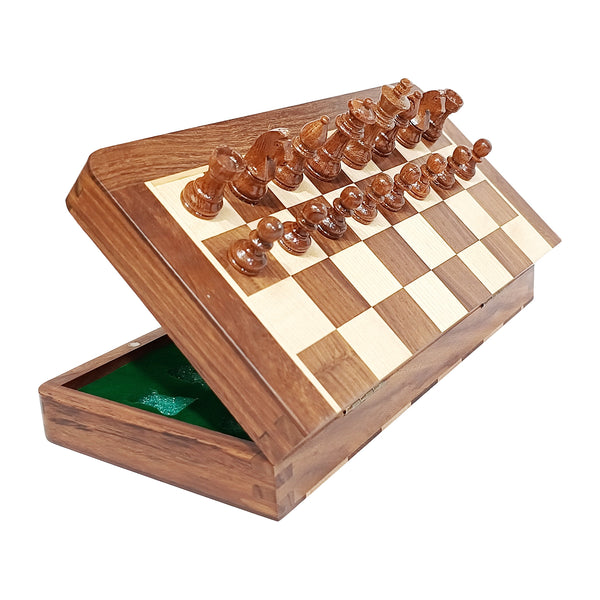
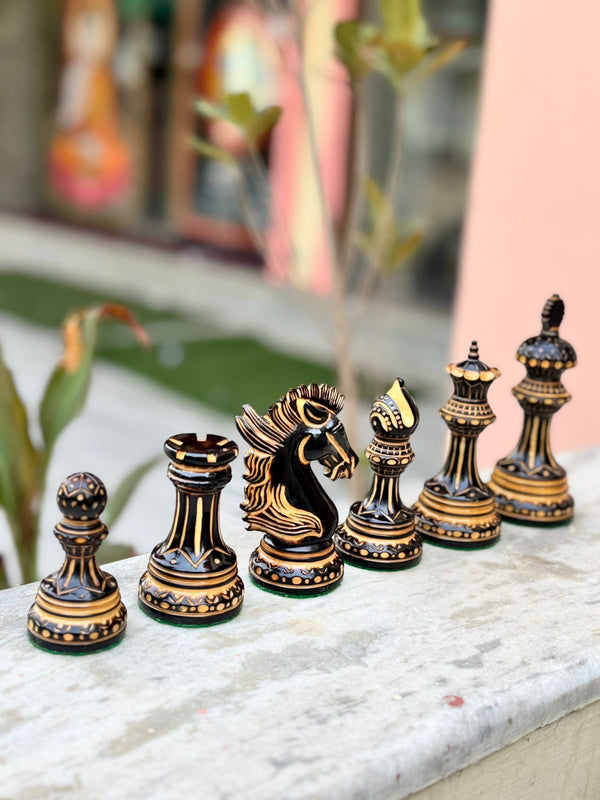







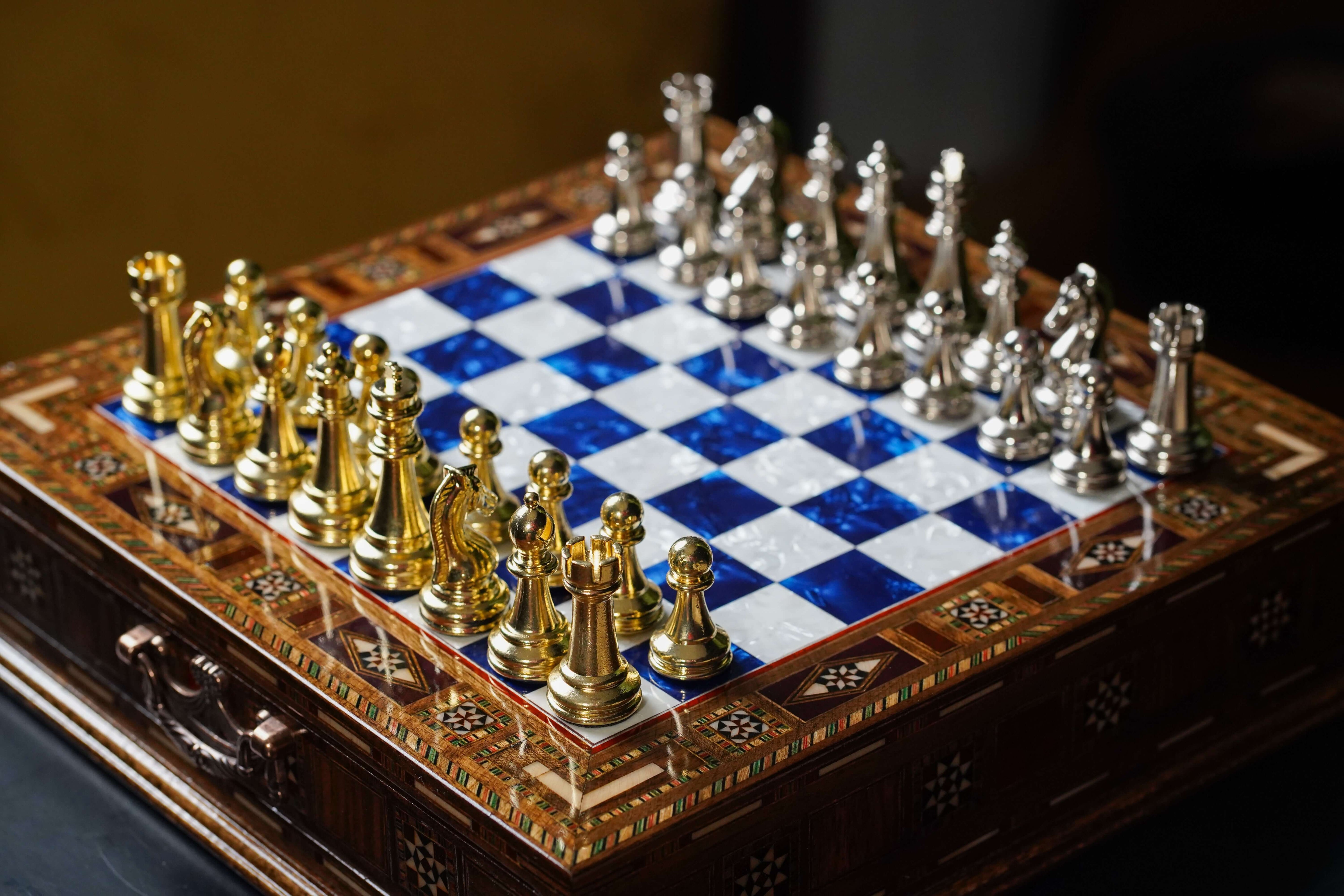
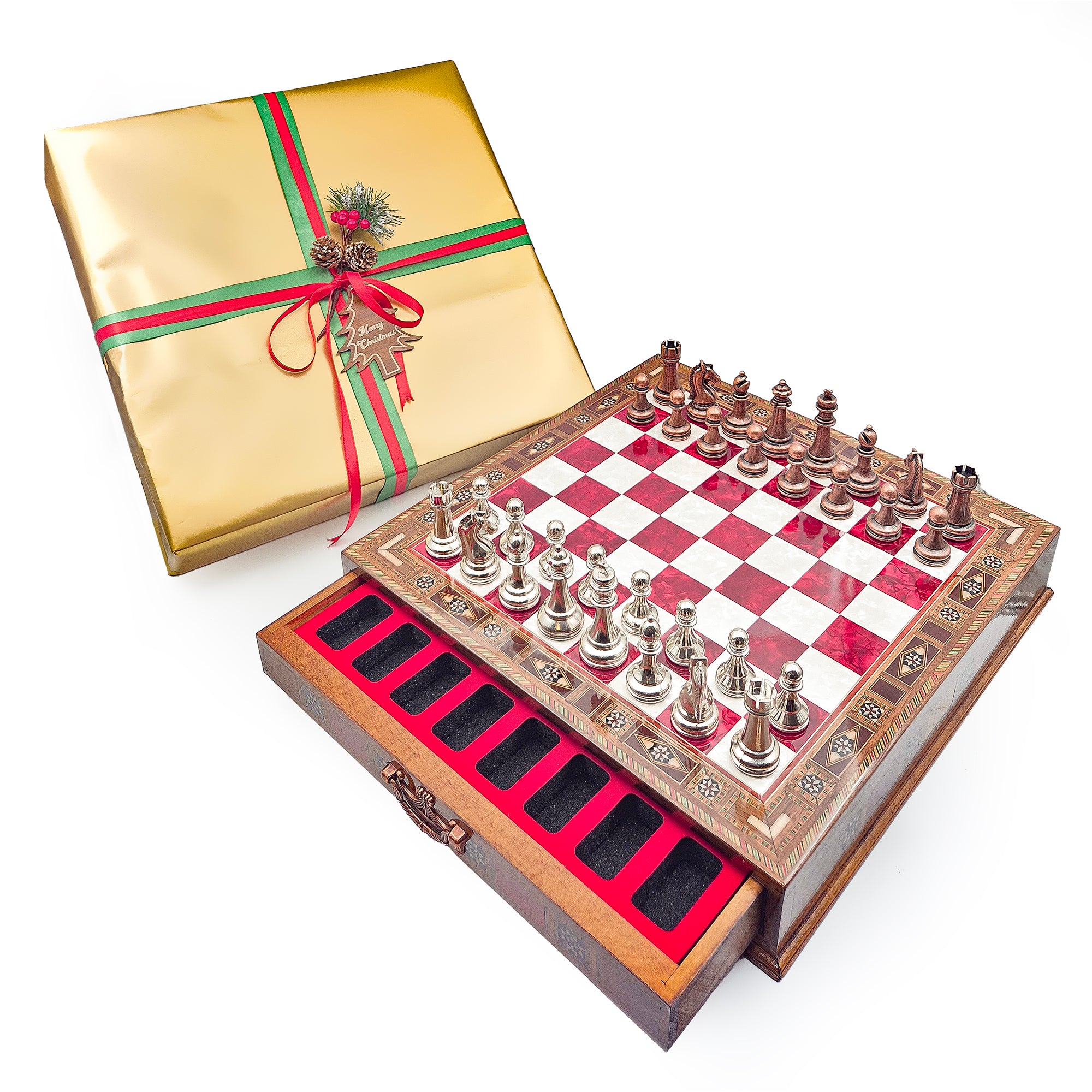
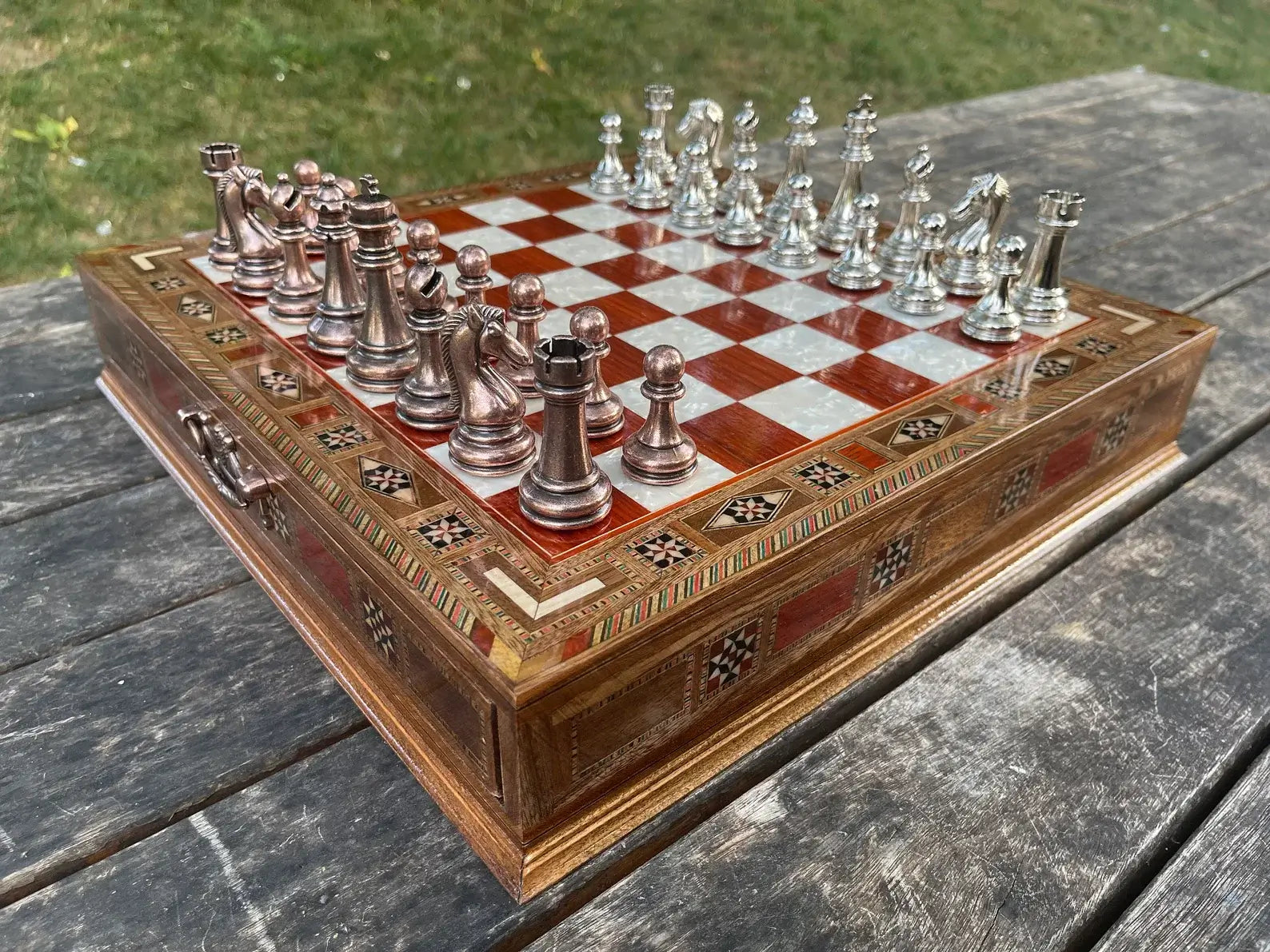
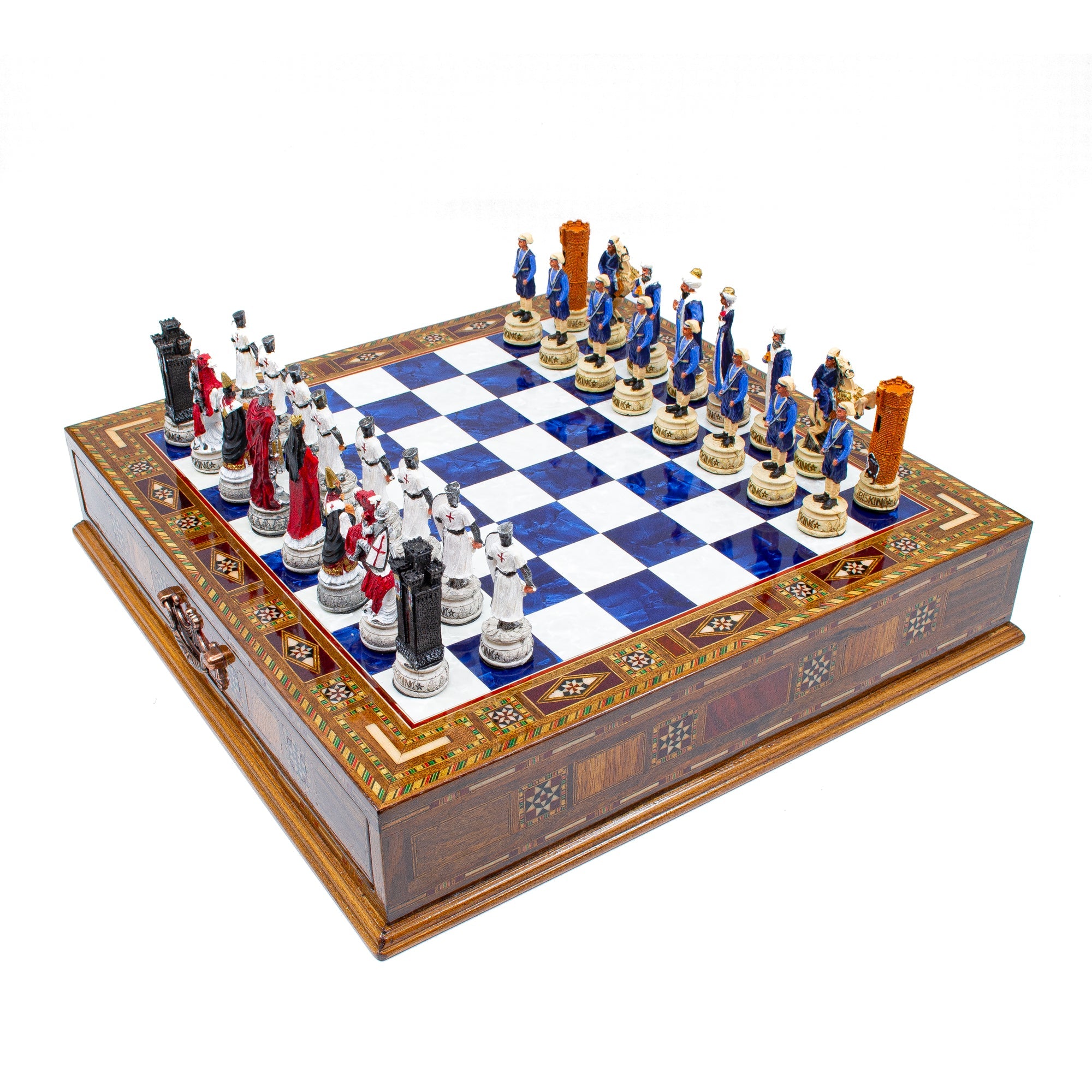
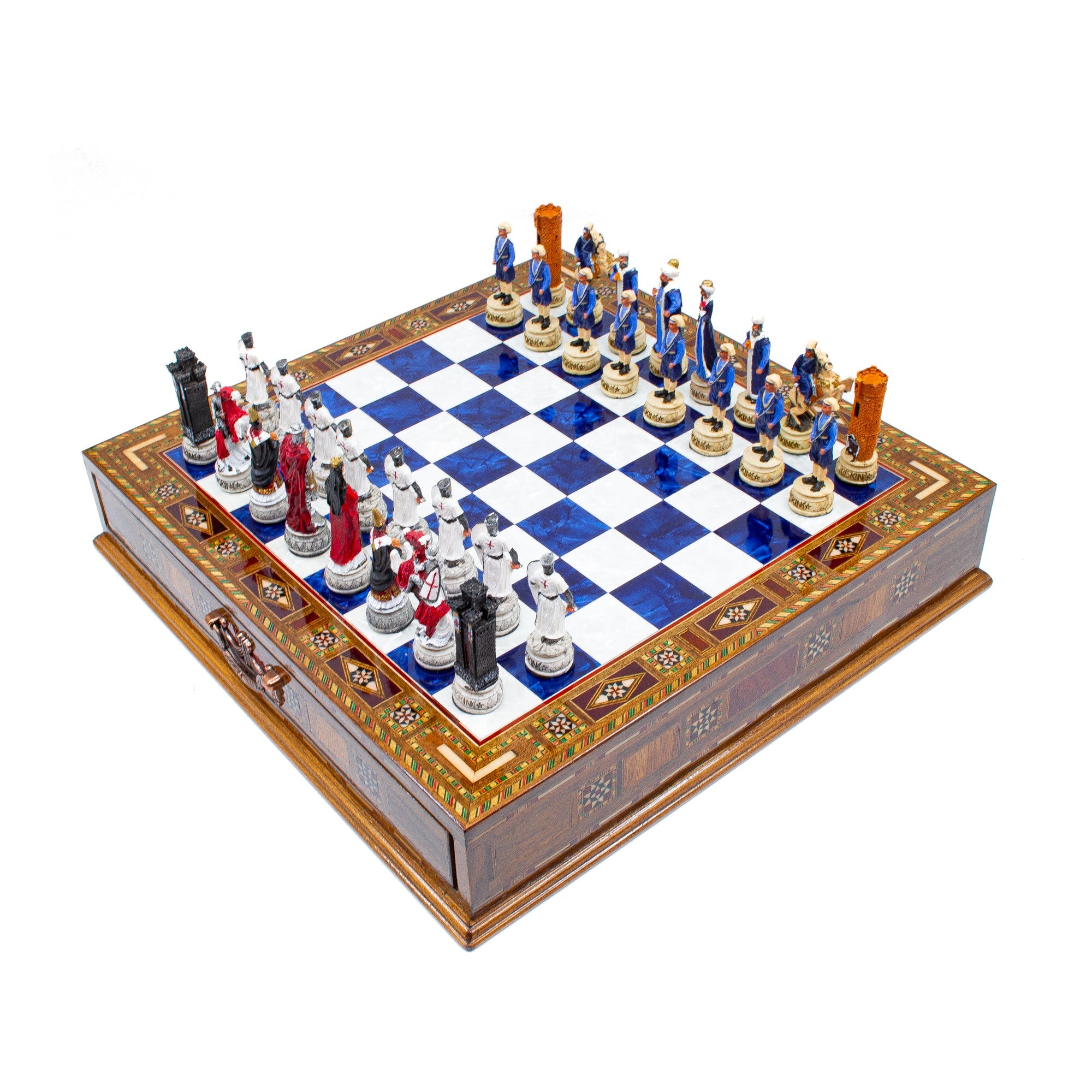
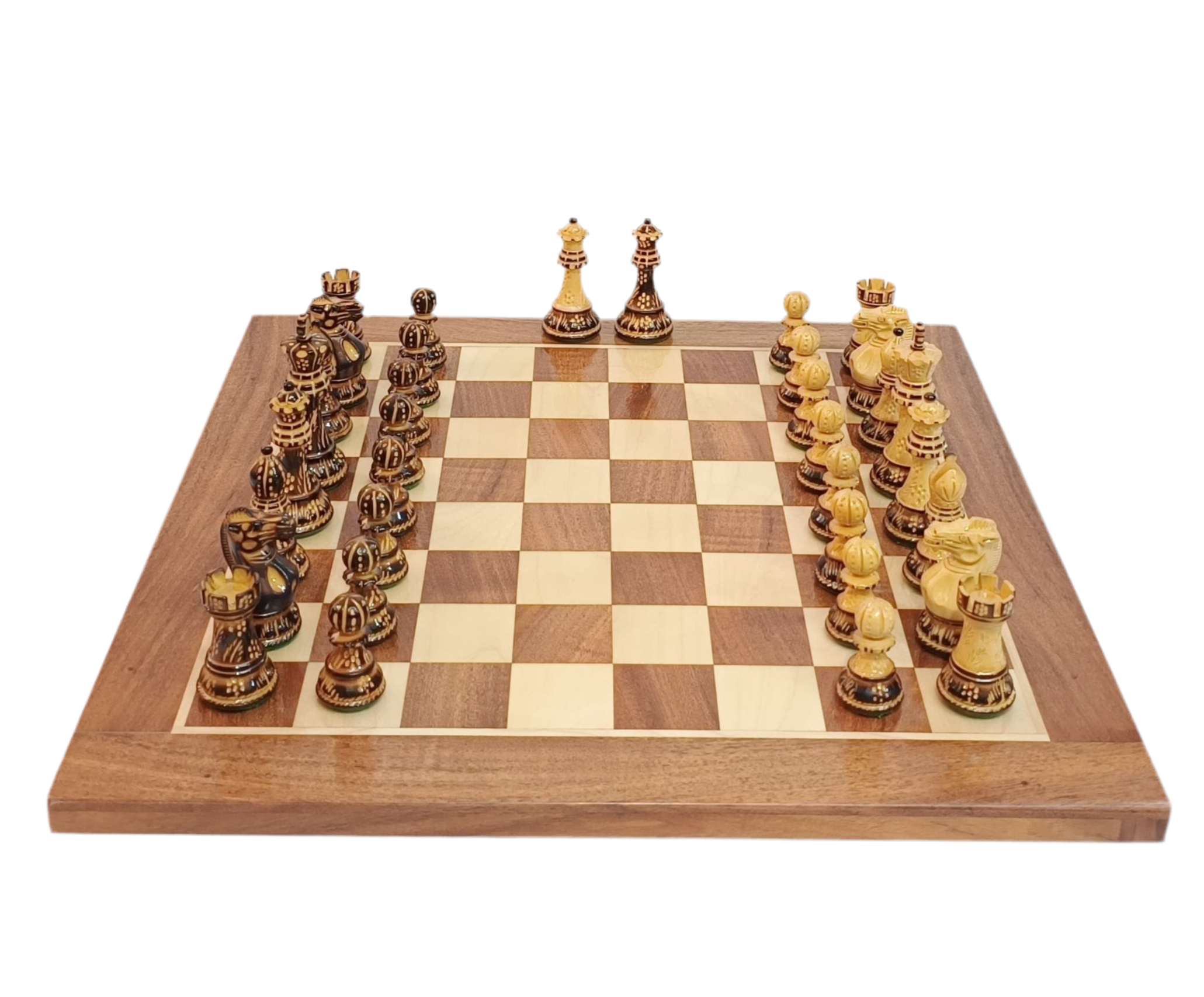
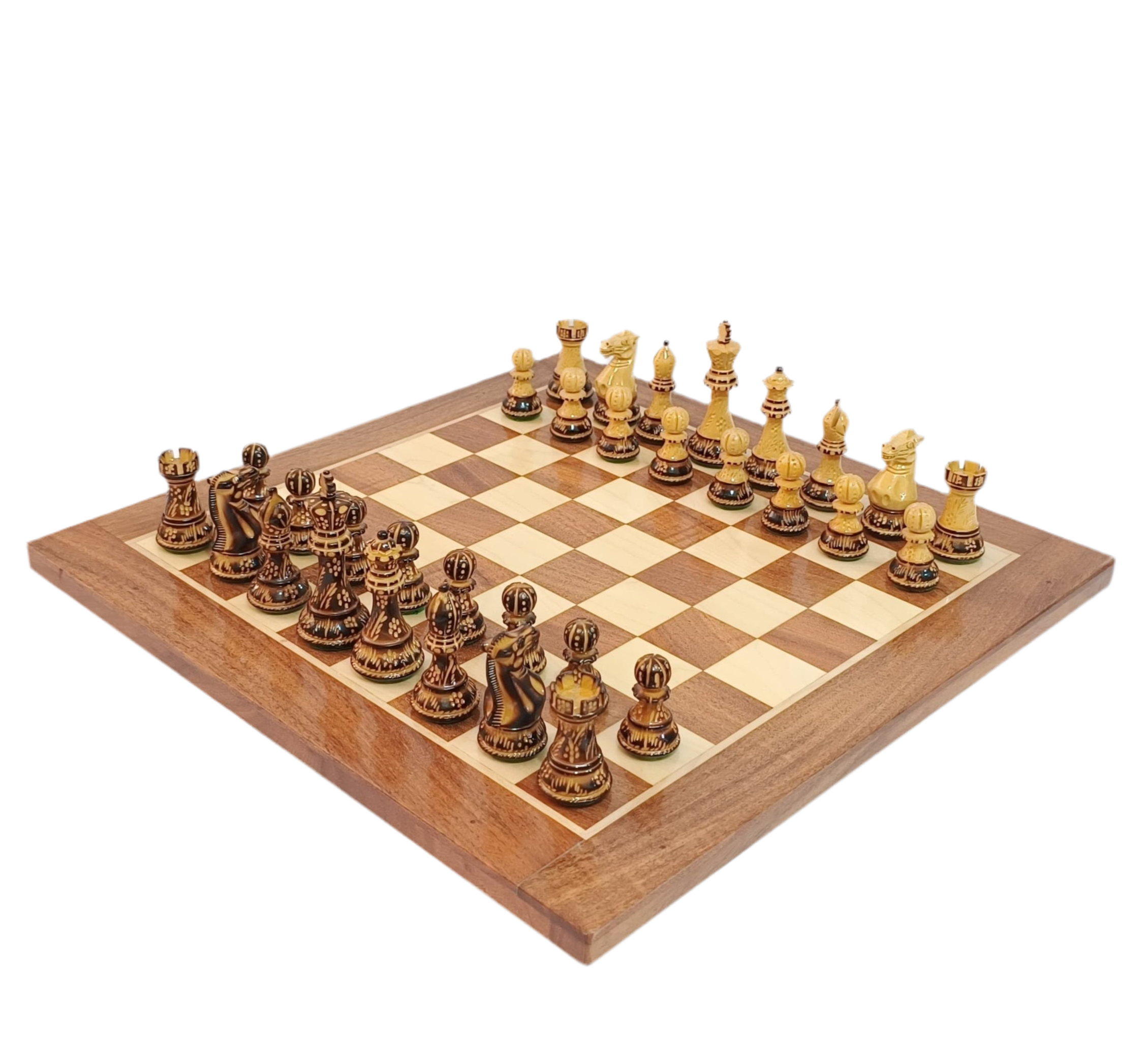
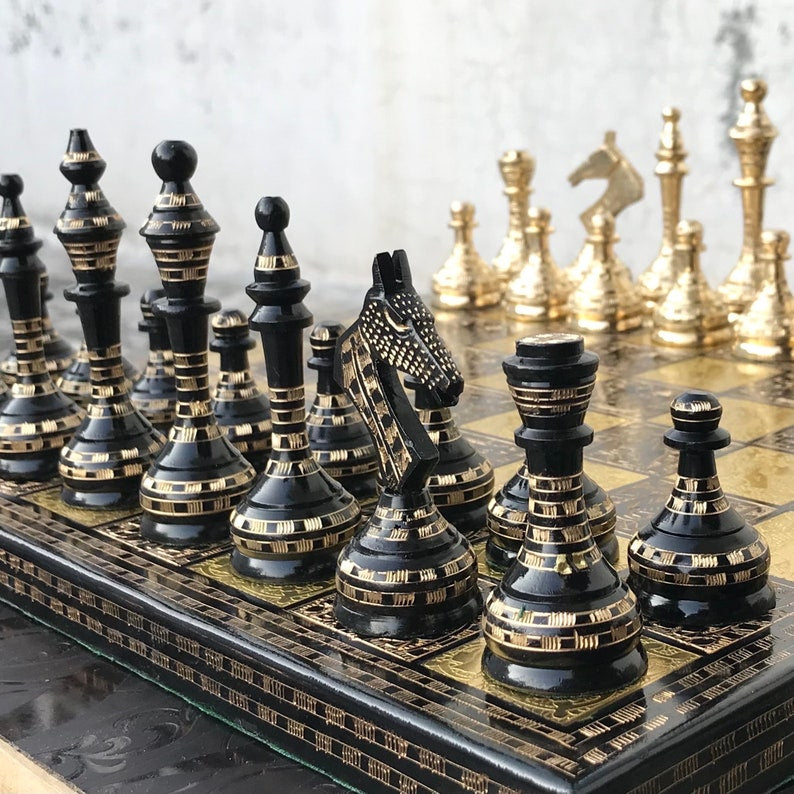
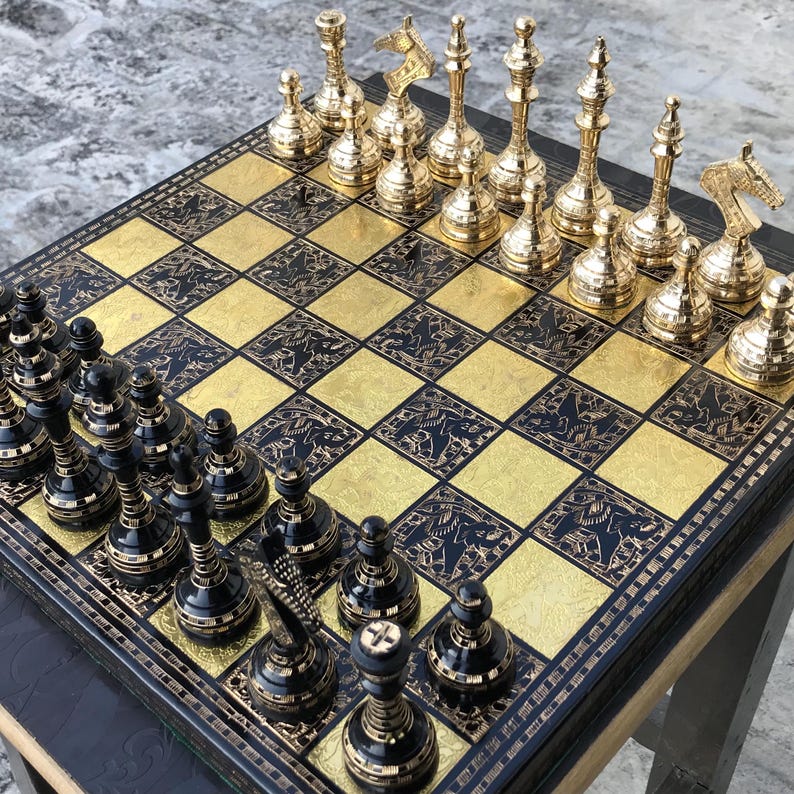


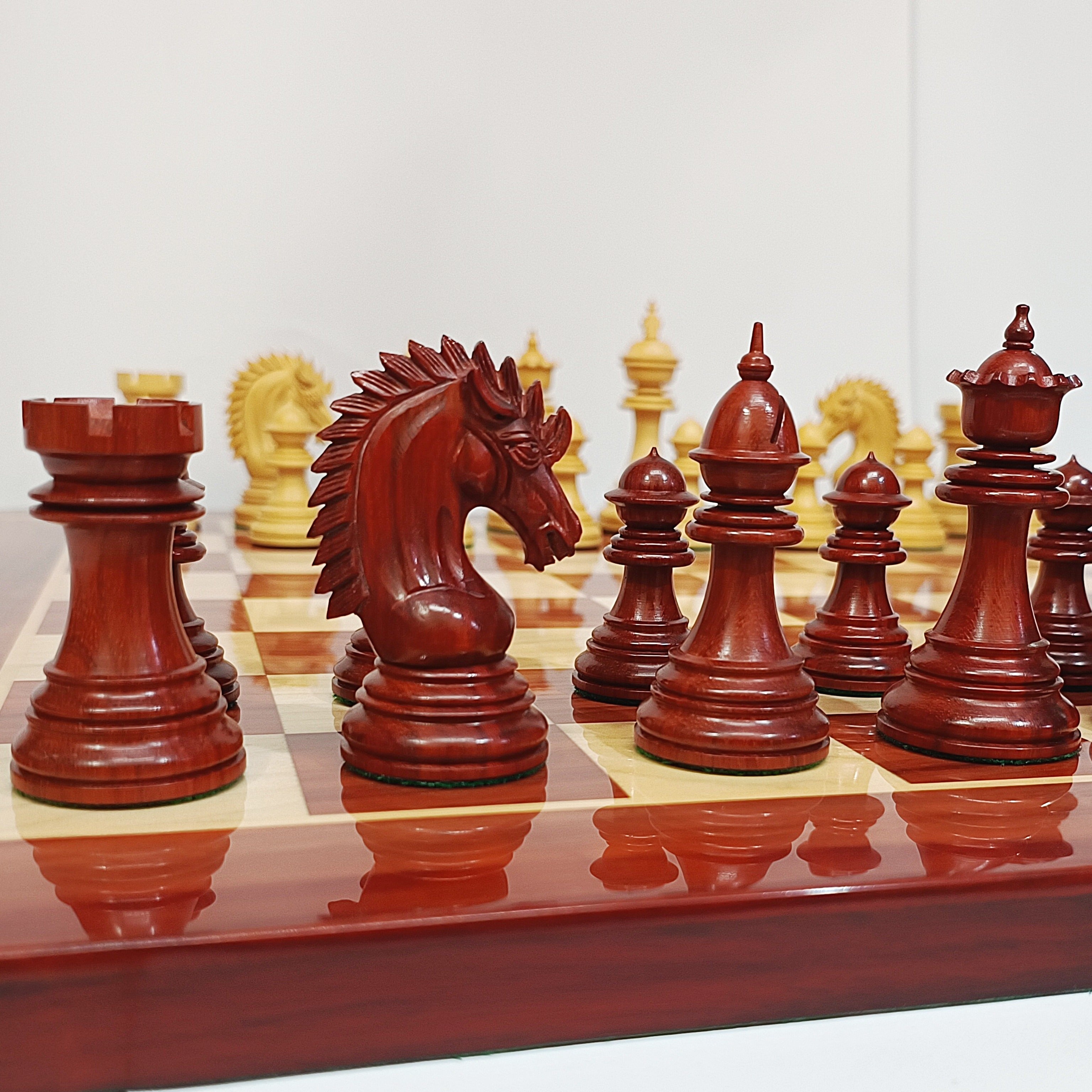
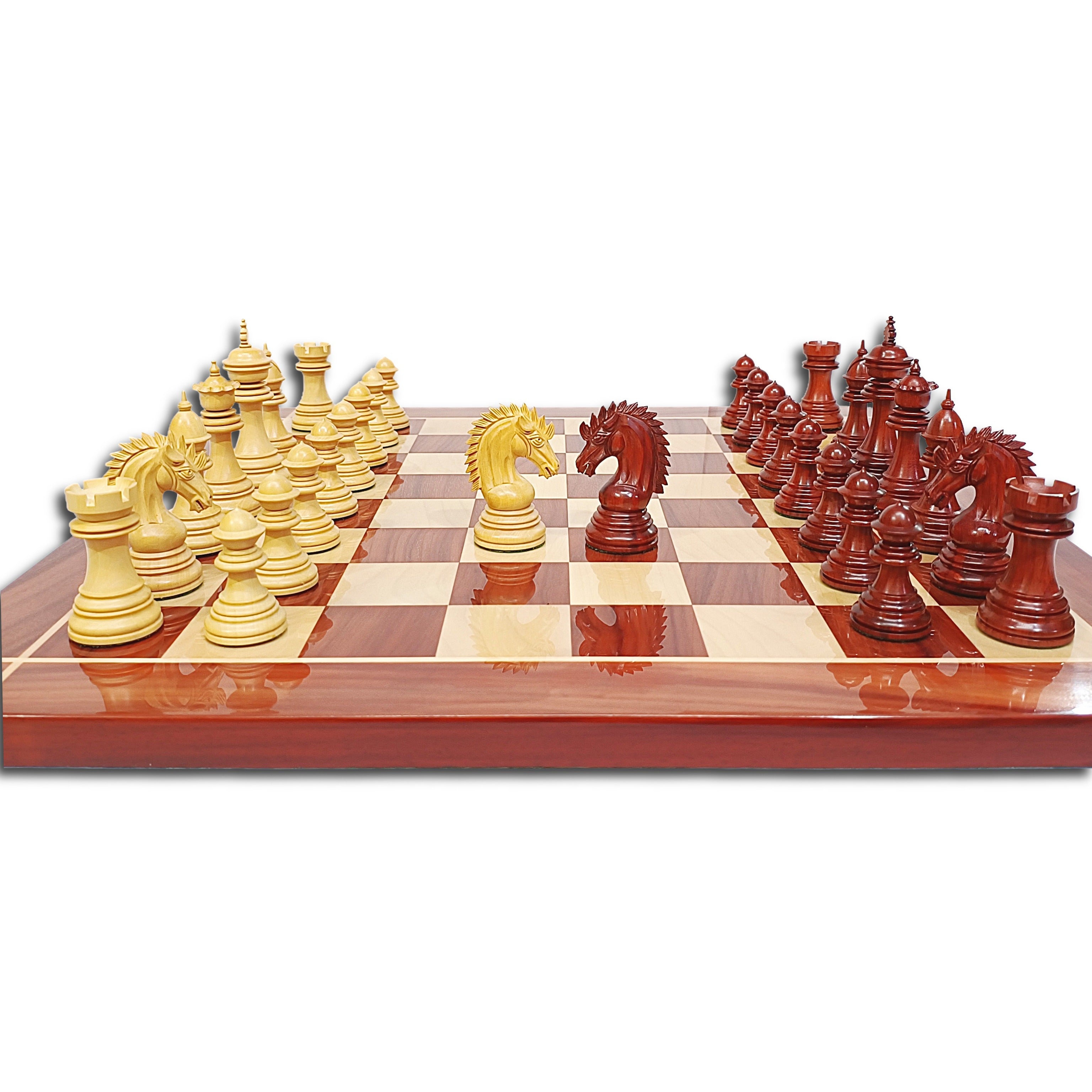

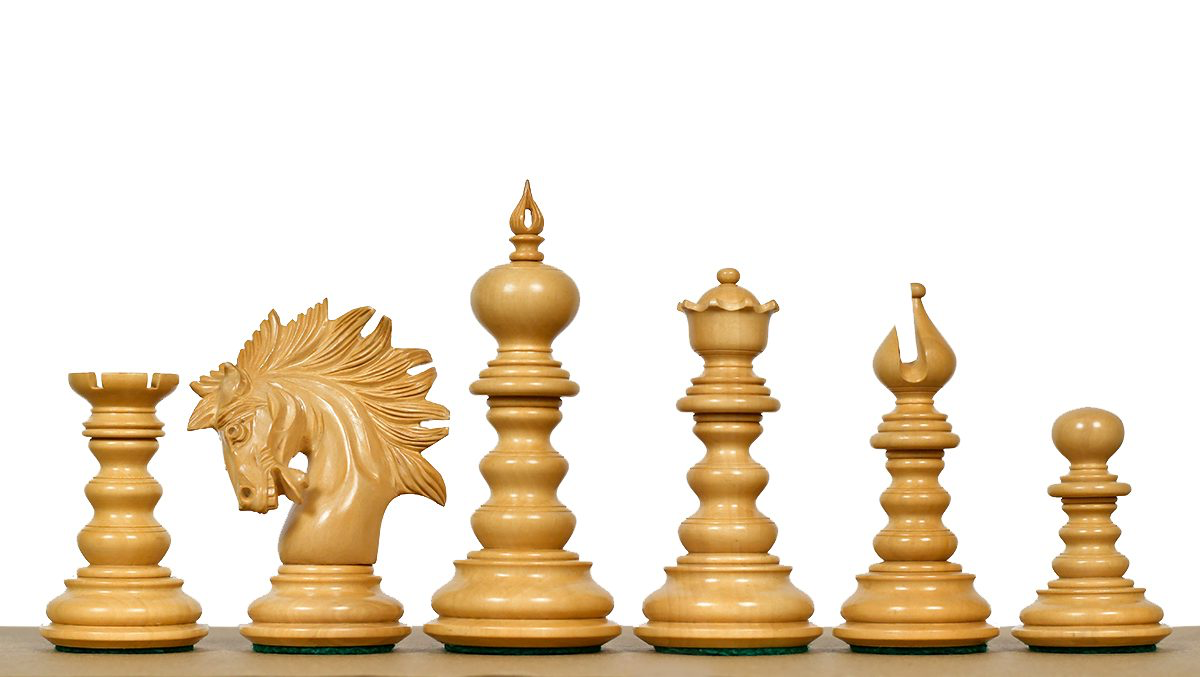
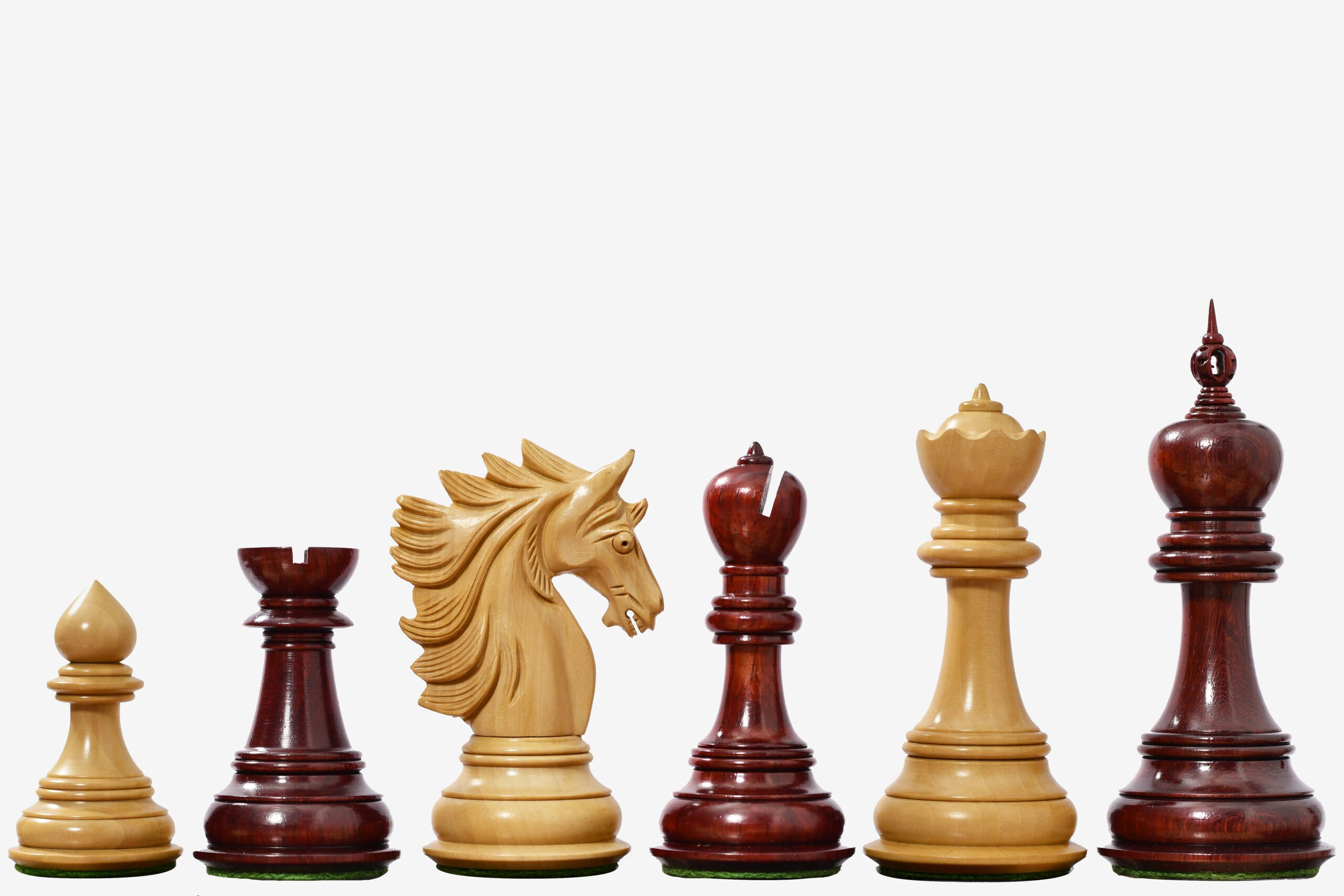
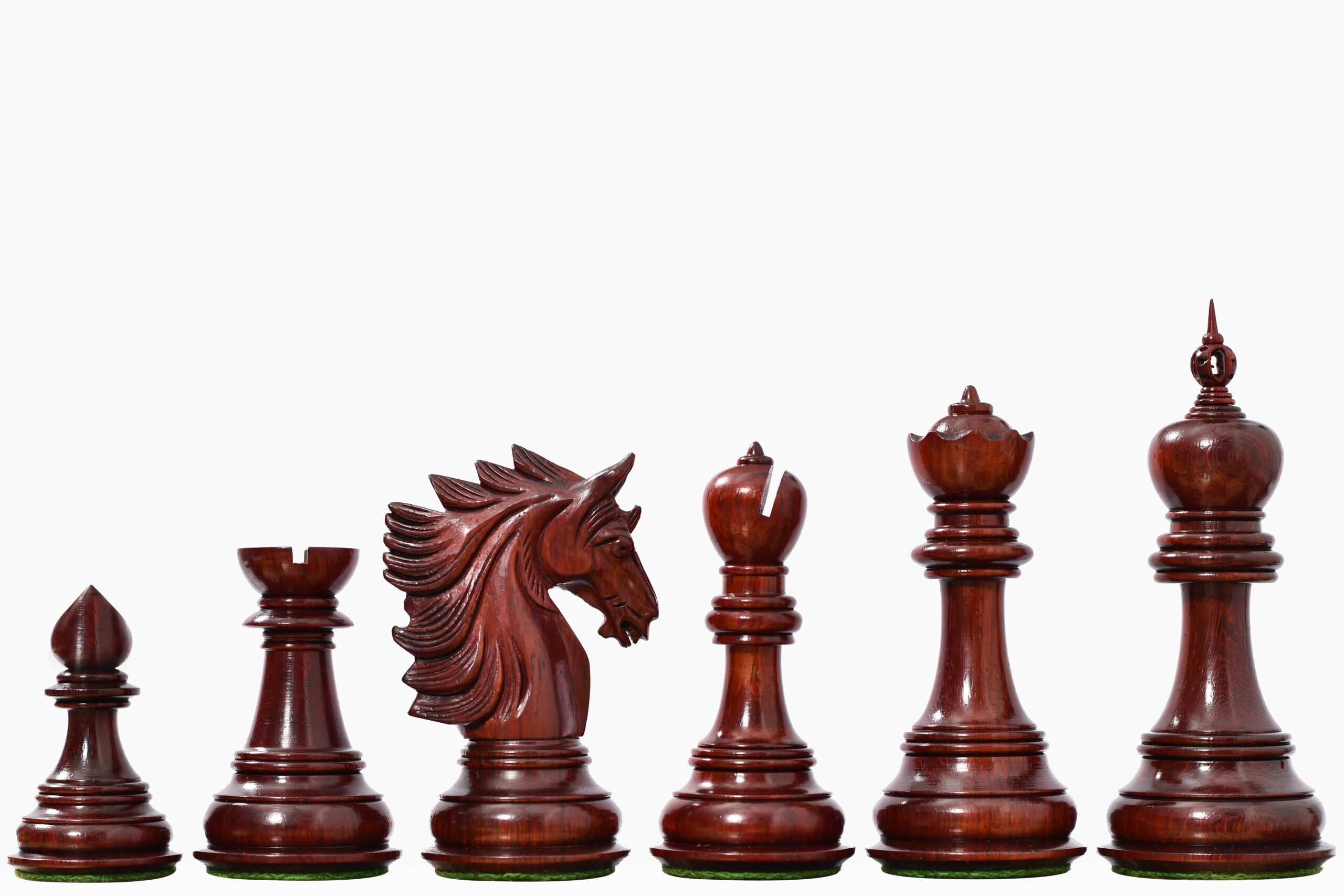
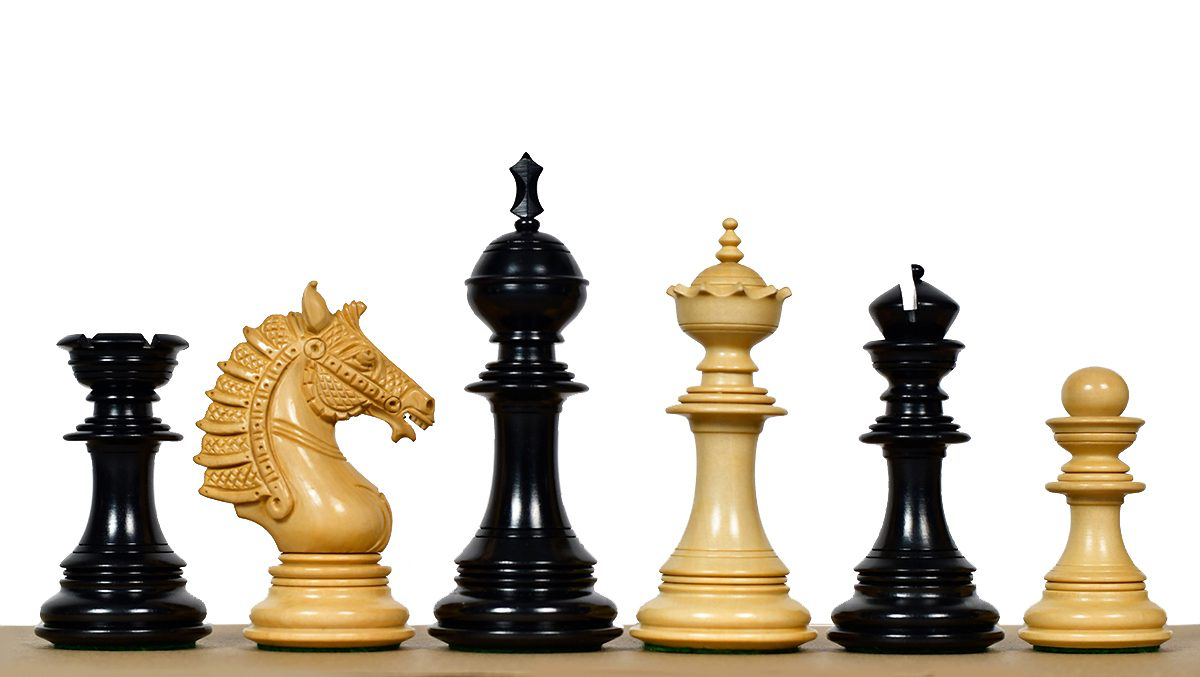
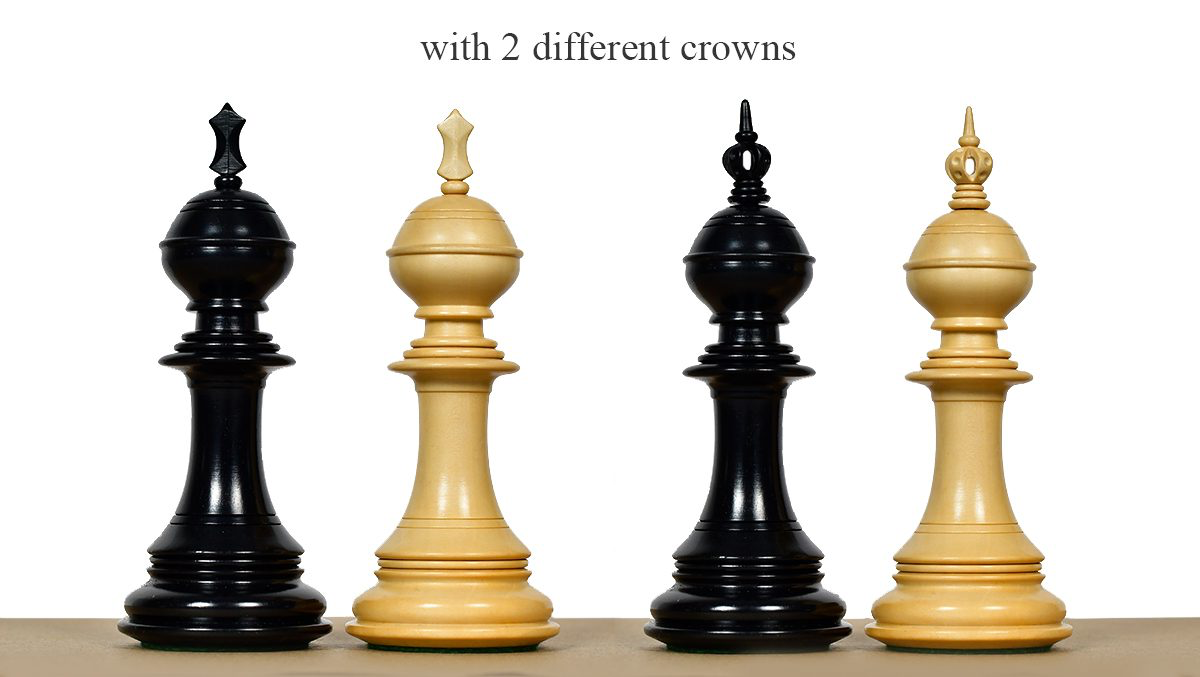
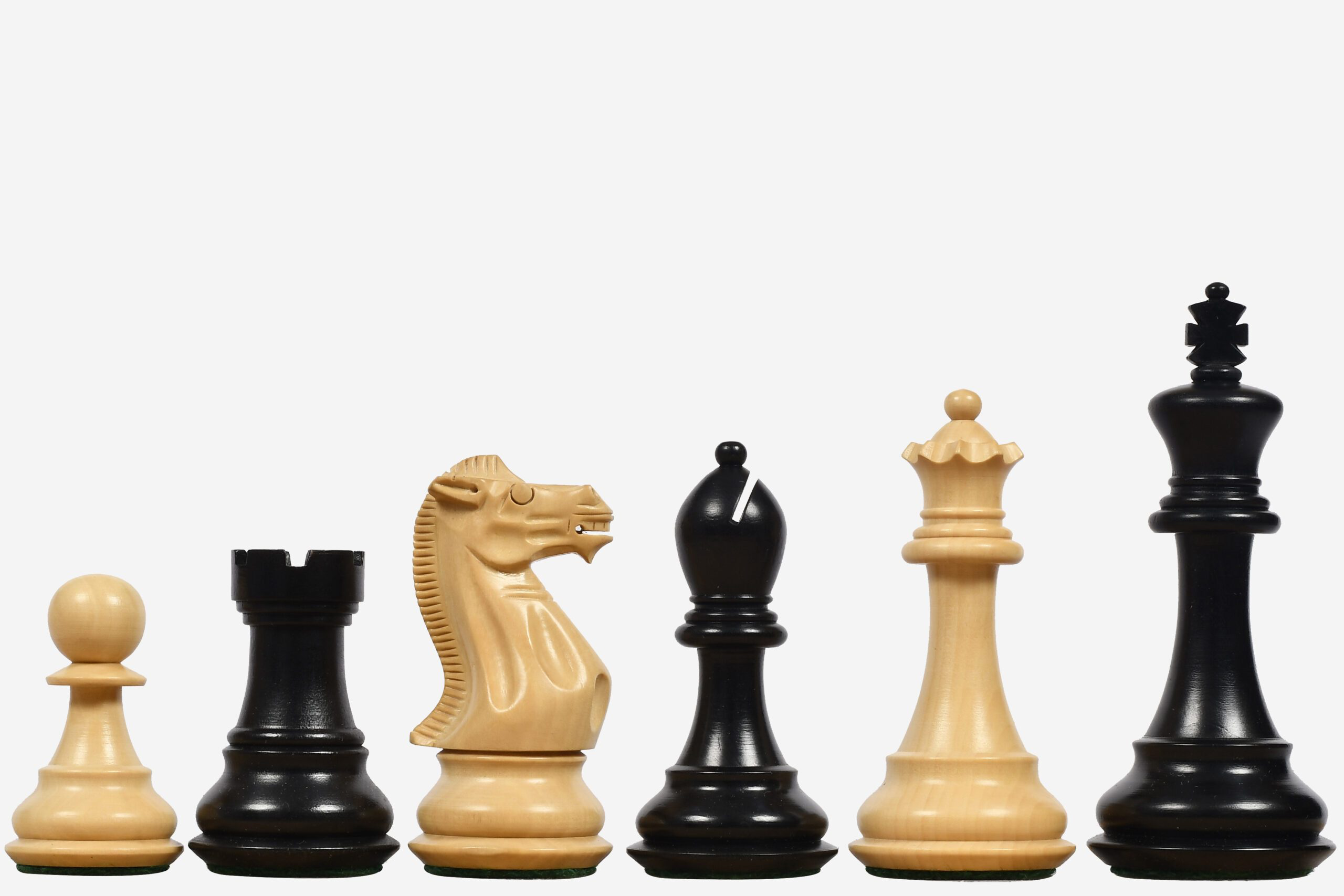
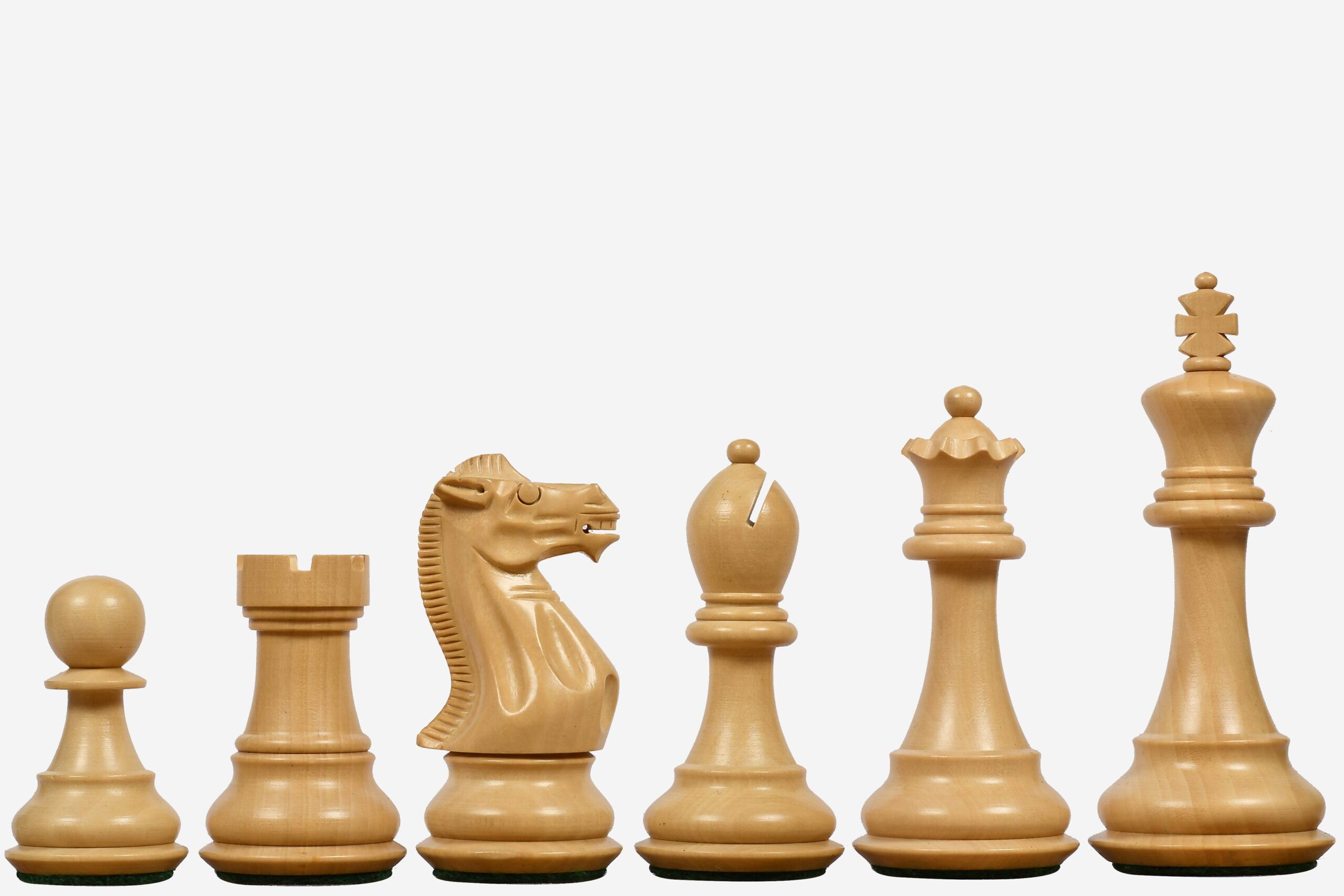
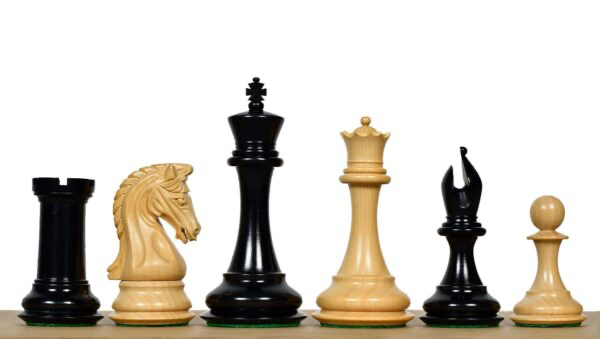
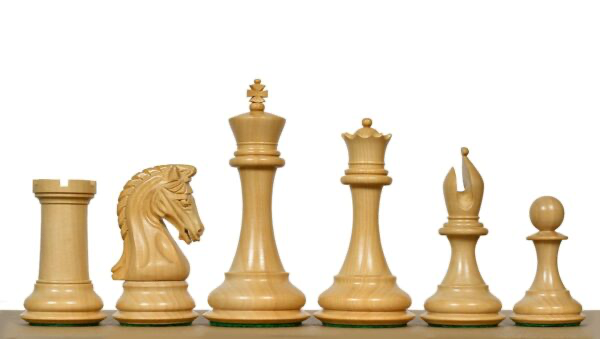
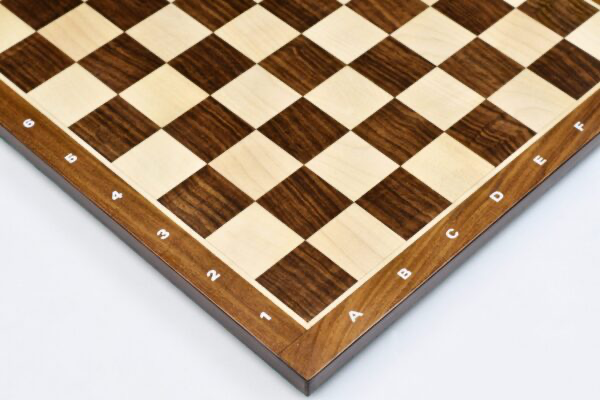
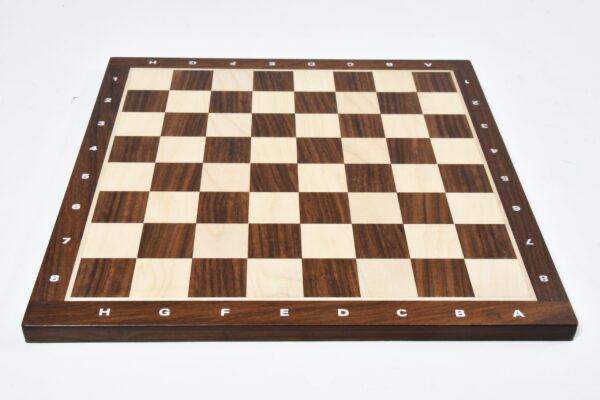
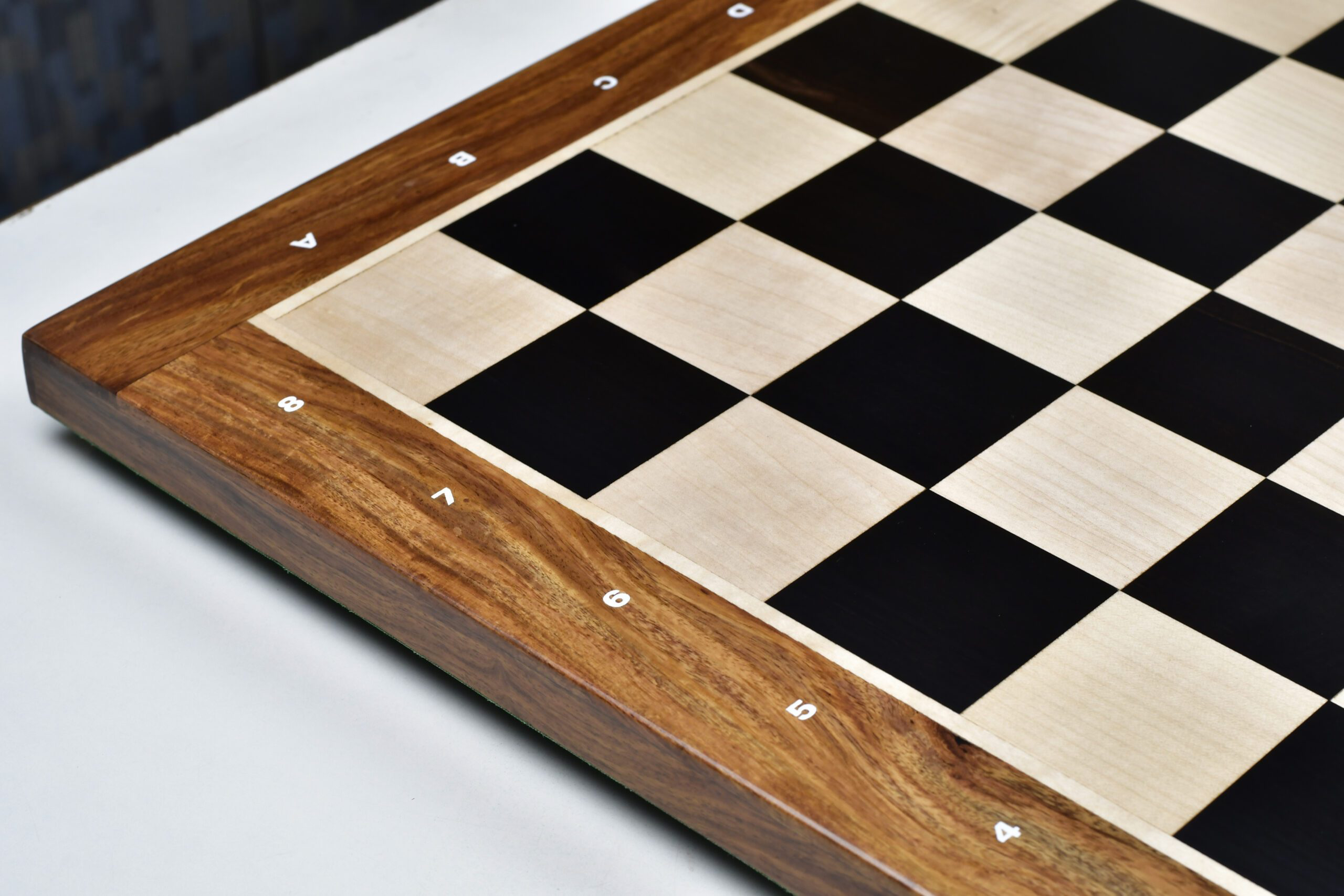
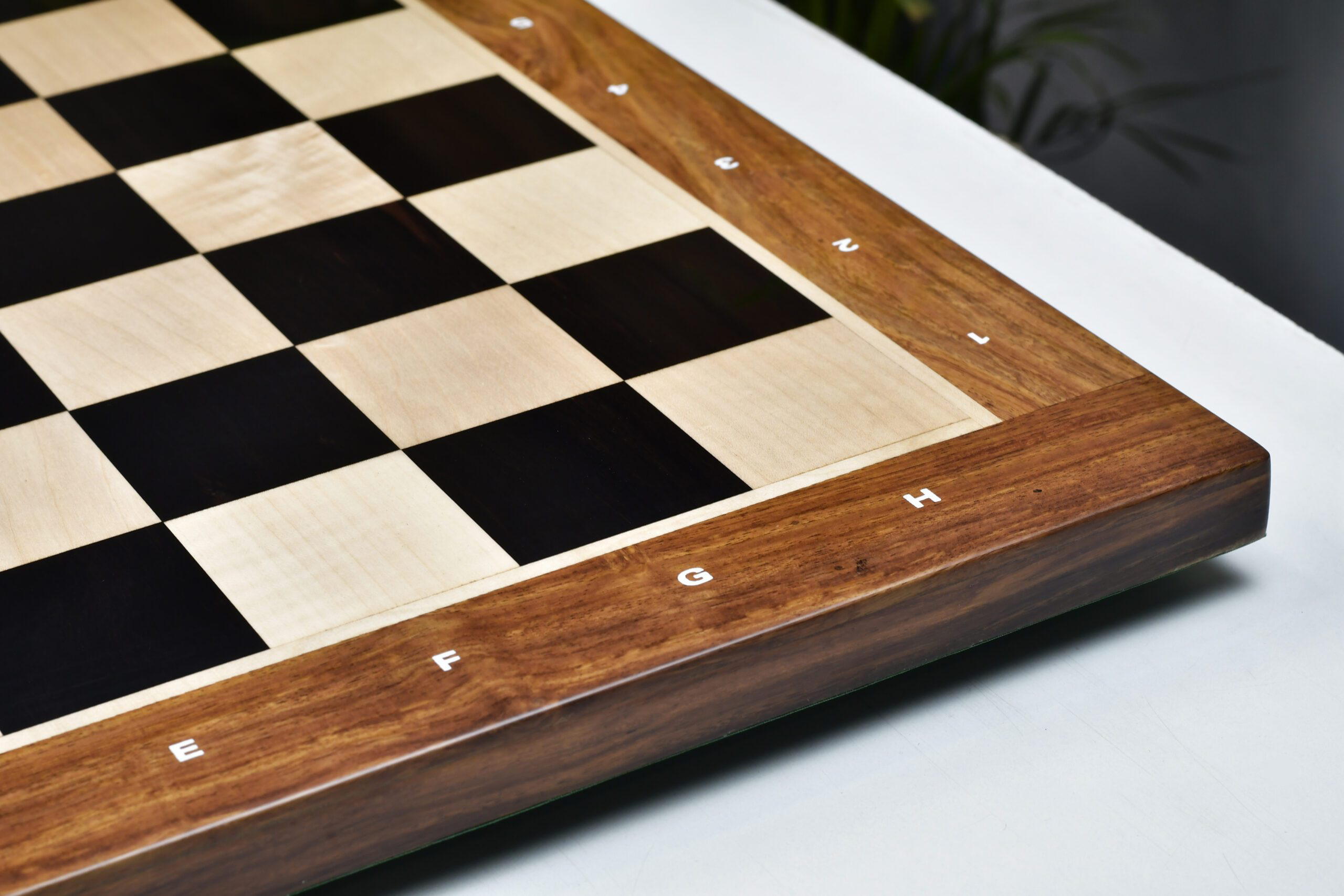


Leave a comment
All comments are moderated before being published.
This site is protected by hCaptcha and the hCaptcha Privacy Policy and Terms of Service apply.